Among the following the optically inactive compound is :

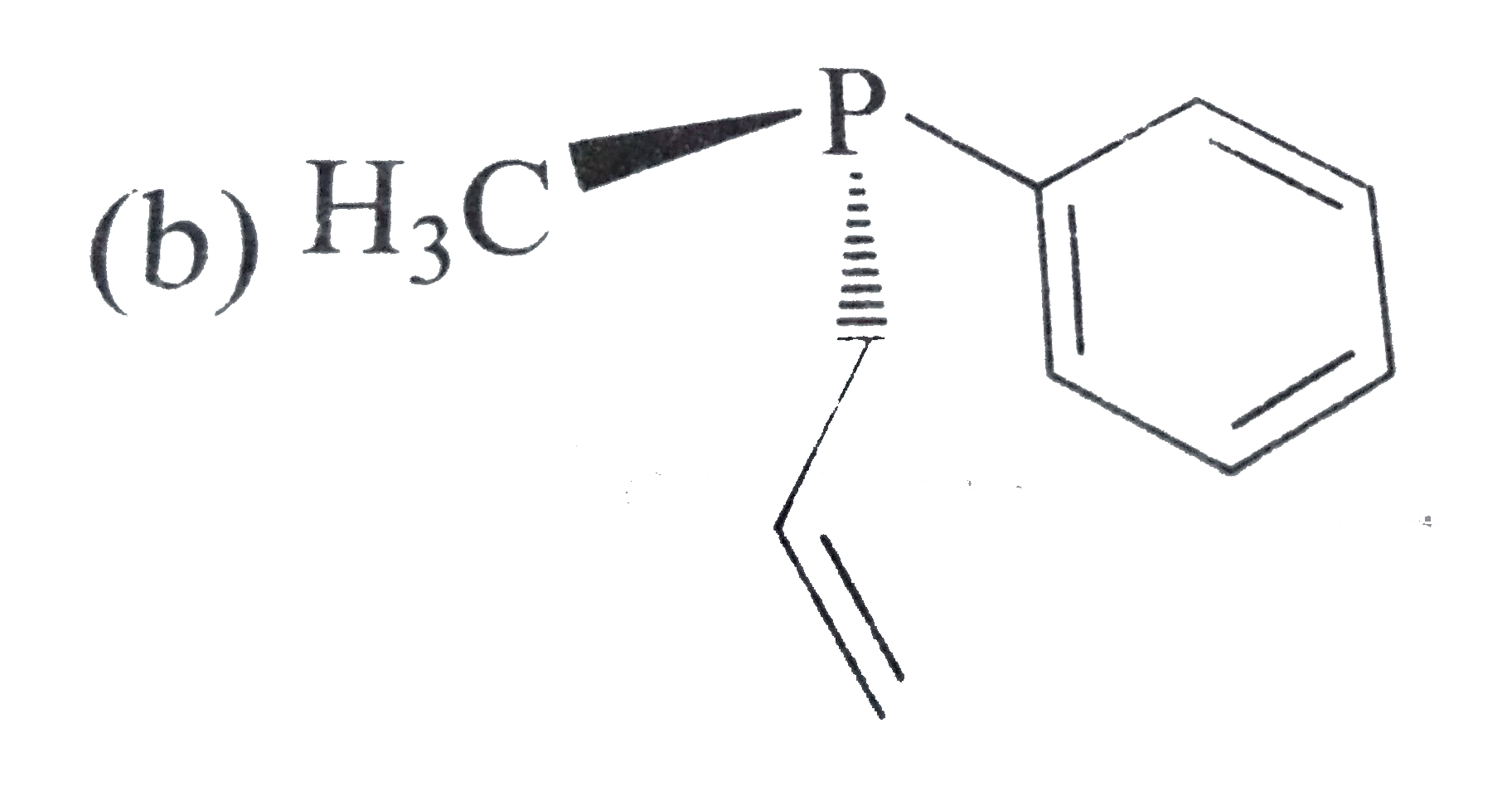
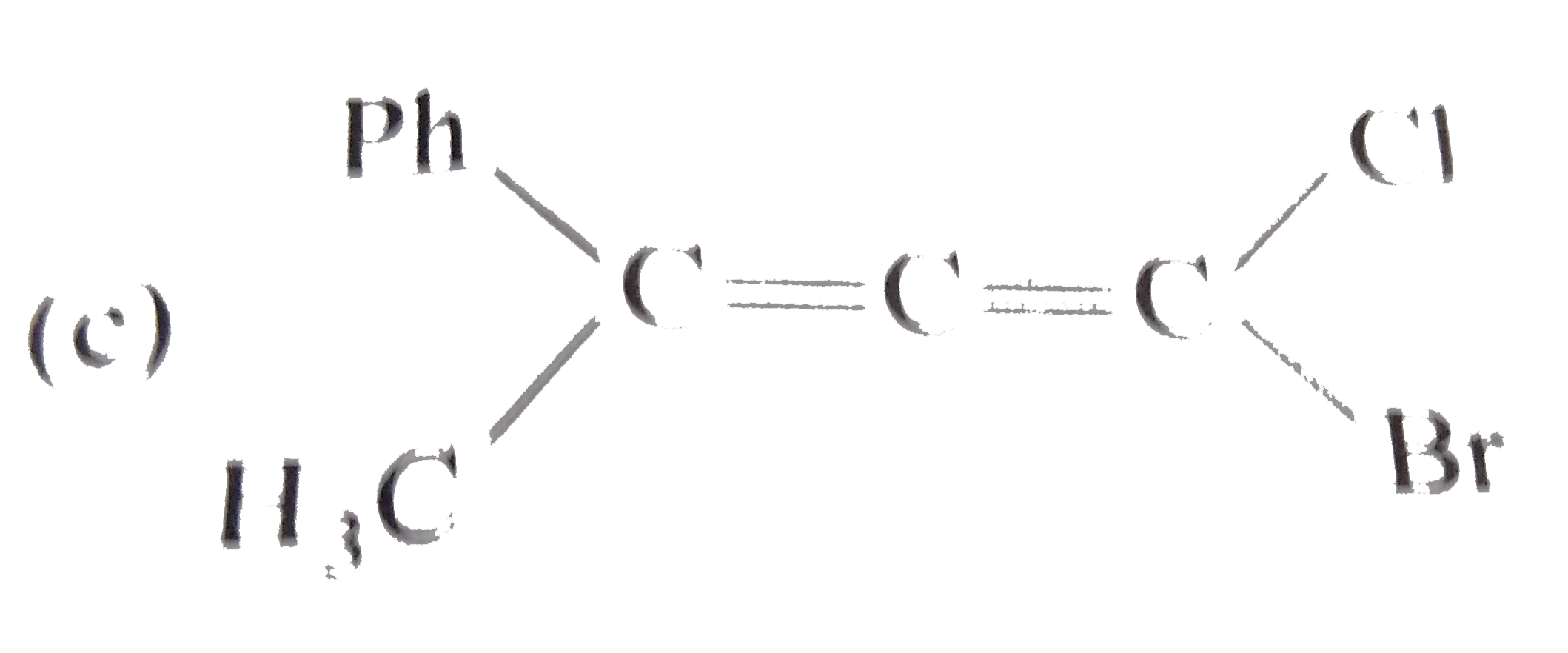
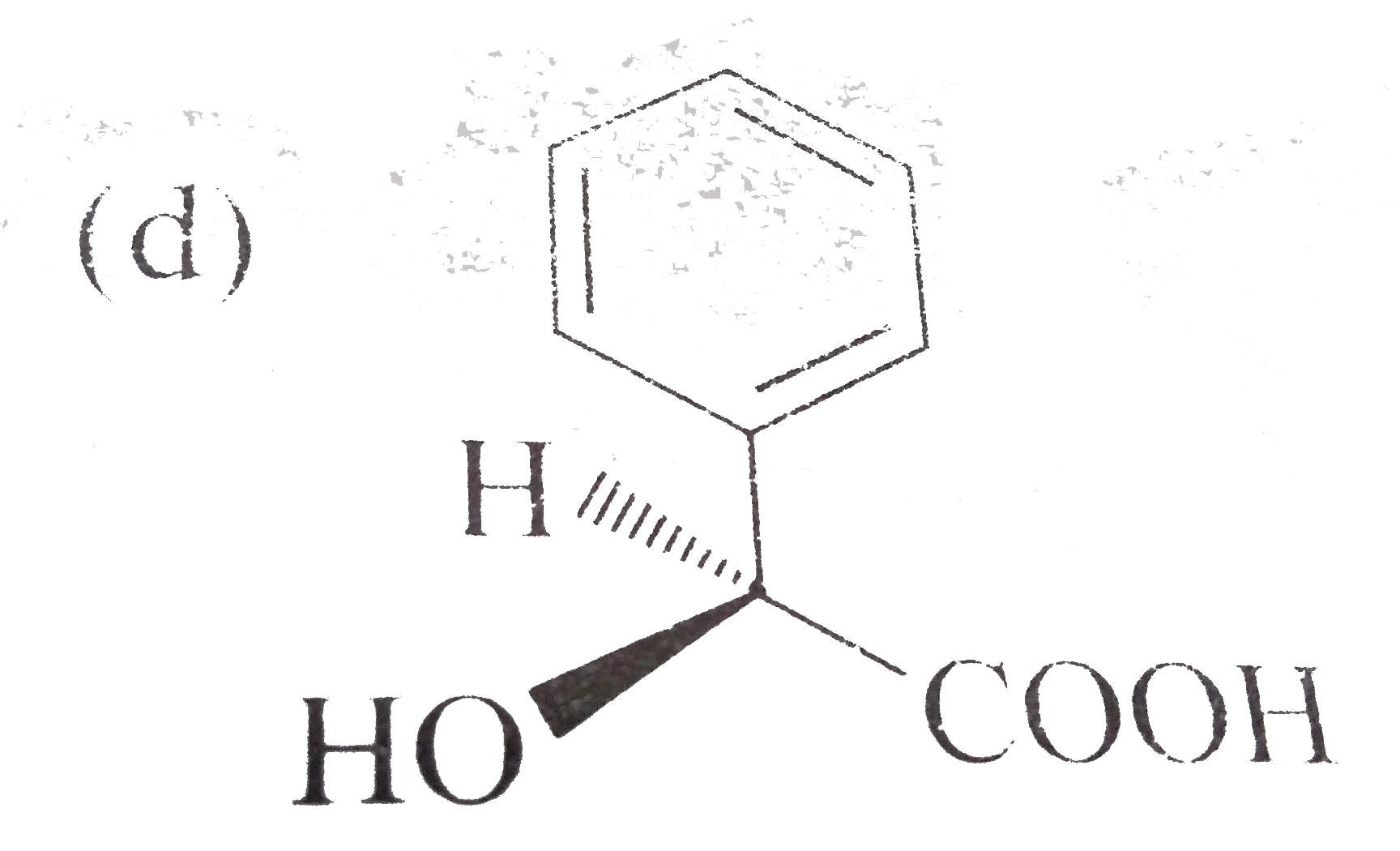
The correct Answer is:A
To determine which among the given compounds is optically inactive, we need to analyze the presence of a plane of symmetry in each compound. A compound is optically inactive if it possesses a plane of symmetry, which means it can be superimposed on its mirror image.
1. Understand Optical Activity:
- Optical activity refers to the ability of a compound to rotate plane-polarized light. A compound is optically active if it lacks a plane of symmetry and has chiral centers.
2. Identify the Compounds:
- We need to analyze the provided compounds to check for the presence of a plane of symmetry.
3. Analyze Each Compound:
- Compound A: If nitrogen has three different groups and a lone pair, it does not have a plane of symmetry. Thus, it is optically active.
- Compound B: Similar to compound A, if phosphorus has three different groups and a lone pair, it also lacks a plane of symmetry and is optically active.
- Compound C: This compound has a double bond and is planar. However, if there are two different groups on each carbon of the double bond, it may not have a plane of symmetry. It needs to be analyzed further.
- Compound D: If there are four different groups attached to a carbon atom, it lacks a plane of symmetry, making it optically active.
4. Determine the Optically Inactive Compound:
- After analyzing the compounds, we find that compound C, despite being planar, does not have a plane of symmetry due to the arrangement of groups around the double bond. However, if it has a symmetrical arrangement, it could be optically inactive.
- If we conclude that compound C has a plane of symmetry, it would be the optically inactive compound among the options.
5. Conclusion:
- The optically inactive compound is Compound C (assuming it has a plane of symmetry).
- Optical activity refers to the ability of a compound to rotate plane-polarized light. A compound is optically active if it lacks a plane of symmetry and has chiral centers.
- We need to analyze the provided compounds to check for the presence of a plane of symmetry.
- Compound A: If nitrogen has three different groups and a lone pair, it does not have a plane of symmetry. Thus, it is optically active.
- Compound B: Similar to compound A, if phosphorus has three different groups and a lone pair, it also lacks a plane of symmetry and is optically active.
- Compound C: This compound has a double bond and is planar. However, if there are two different groups on each carbon of the double bond, it may not have a plane of symmetry. It needs to be analyzed further.
- Compound D: If there are four different groups attached to a carbon atom, it lacks a plane of symmetry, making it optically active.
- After analyzing the compounds, we find that compound C, despite being planar, does not have a plane of symmetry due to the arrangement of groups around the double bond. However, if it has a symmetrical arrangement, it could be optically inactive.
- If we conclude that compound C has a plane of symmetry, it would be the optically inactive compound among the options.
- The optically inactive compound is Compound C (assuming it has a plane of symmetry).
Topper's Solved these Questions
- BOOK - HIMANSHU PANDEYCHAPTER - ISOMERISMEXERCISE - Level 2 (Q.1 To Q.25)25videos
ISOMERISM
- BOOK - HIMANSHU PANDEYCHAPTER - ISOMERISMEXERCISE - Level 2 (Q.26 To Q.50)25videos
ISOMERISM
- BOOK - HIMANSHU PANDEYCHAPTER - ISOMERISMEXERCISE - Subjective Type Problems11videos
ISOMERISM
- BOOK - HIMANSHU PANDEYCHAPTER - HALIDESEXERCISE - Subjective Type Problems10videos
HALIDES
- BOOK - HIMANSHU PANDEYCHAPTER - NOMENCLATUREEXERCISE - Section Iv (Q.26 To Q.26)1videos
NOMENCLATURE
Similar Questions
Knowledge Check
- Question 1 - Select One
Which of the following is an optically inactive compound?
A B
B C
C D
D
- Question 2 - Select One
Which is optically inactive?
A B
B C
C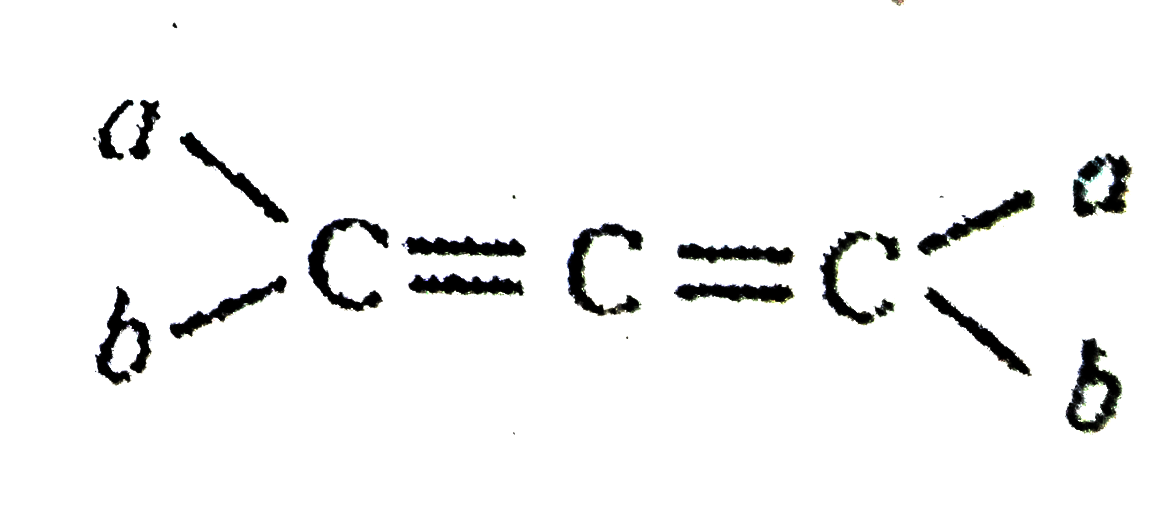 D
D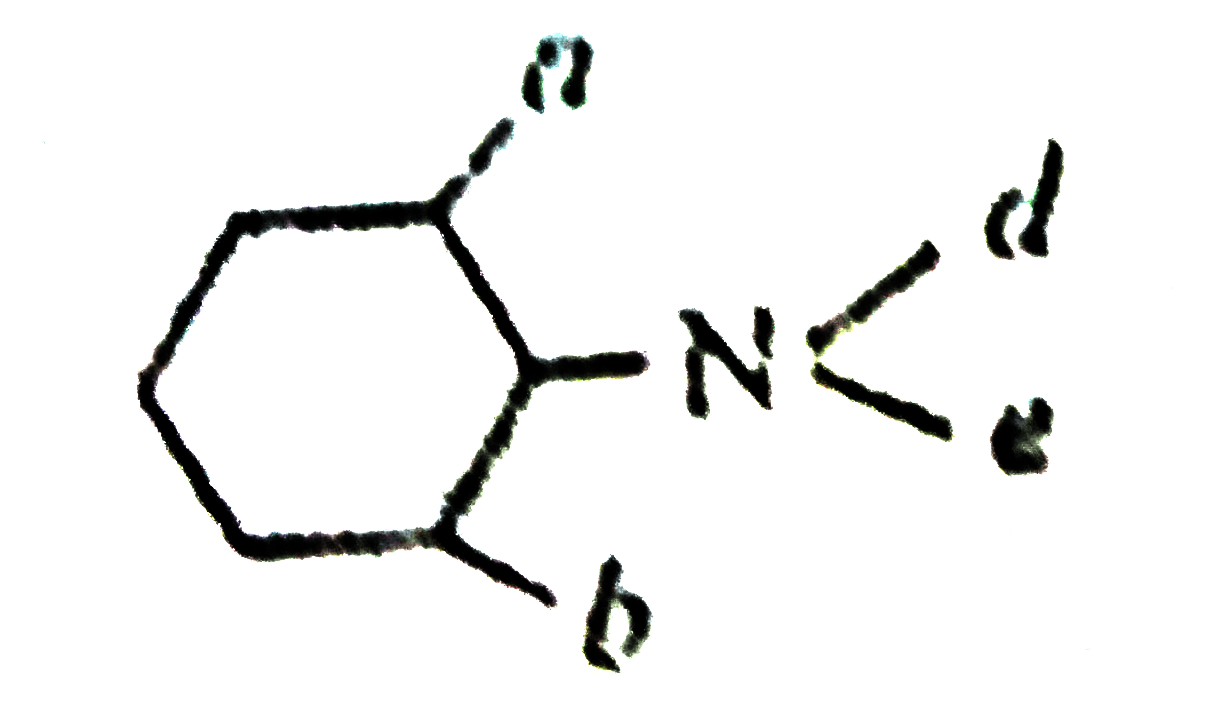
- Question 3 - Select One
Which is optically inactive?
A B
B C
C DNone of these
DNone of these
Which of the following complex is optically inactive but its other geometrical isomer is optically active ?
View SolutionWhich of the following complex is optically inactive but its other geometrical isomer is optically active ?
View SolutionAmong the following compounds, the optically active alkane having the lowest molecular mass is:
View SolutionWhich of the following complex is optically inactive
View SolutionProduct of which of the following reaction is optically inactive ?
View Solution

